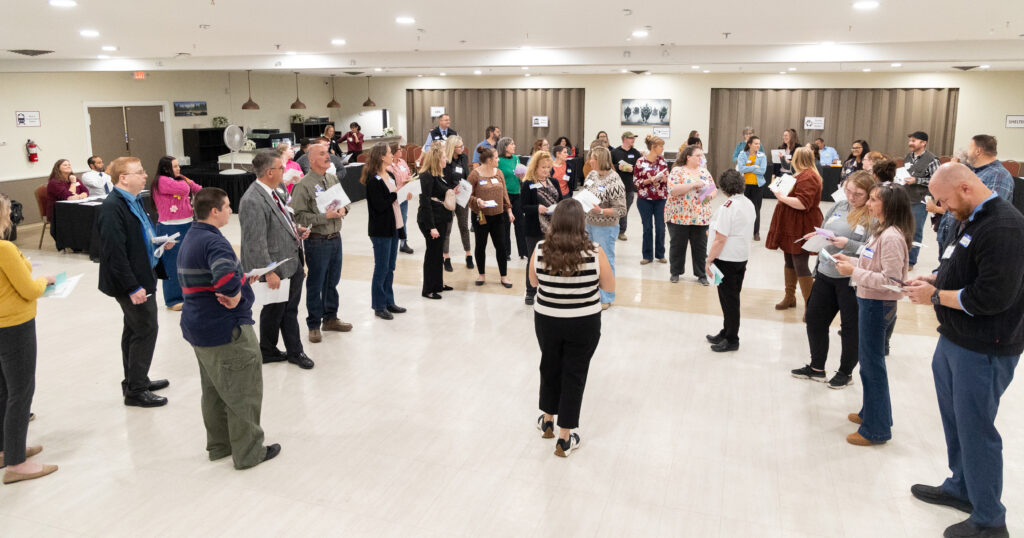
The Natrona Council for Safety & Justice successfully concluded its 2025 Summit this week, convening more than two dozen nonprofits, government agencies and private businesses from across Natrona County and Wyoming. The event focused on strengthening community responses to individuals with mental health and substance use disorders involved with the criminal justice system.
Formed in 2021, NCSJ is a cross-sector coalition dedicated to creating safer, healthier communities by addressing the overlap between behavioral health and the criminal justice system. The council brings together law enforcement, health care providers, service agencies, and people with lived experience to identify solutions that reduce recidivism, improve access to treatment, and strengthen public safety. The 2025 Summit built on years of coordinated efforts by these partners to analyze data, improve systems of care and close service gaps for individuals with mental health and substance use disorders in Natrona County.
Importantly, the Summit also included individuals with lived experience of the justice system. Their voices guided discussions and reminded participants that successful reentry depends on coordinated systems, not just individual determination.
To bring those lived experiences to life, officials and services providers participated in a reentry simulation illustrating the challenges people face after incarceration. The exercise, which included treatment, probation, housing, transportation and financial obligations, revealed how difficult it can be to reestablish stability after release.
“The simulation gave people on the other side a taste of how difficult it is to meet even the most basic needs said Kristy Oster, Health Trust director of community engagement. “The human and financial cost of reentry failure is enormous, and it has generational impacts on families.” Treating this population with dignity and respect was a pervasive theme throughout the Summit, underscoring that meaningful change begins with how communities view and value every person.
The rest of the Summit was devoted to mapping Natrona County’s Sequential Intercept Model—a nationally recognized framework used to identify how and where people with behavioral health needs encounter the justice system. Through this process, participants highlighted existing strengths, service gaps and opportunities to improve coordination across agencies.
The final day featured a presentation from Krista Goldstine-Cole, who shared findings from her recent Homelessness Pathway Study, tracking nearly 20 individuals in Natrona County to understand how they became homeless. Her report provided crucial data linking housing instability, behavioral health and justice involvement.
Throughout the event, facilitators praised Natrona County for its existing collaboration and measurable progress in improving outcomes for justice-involved individuals.
“The old way of thinking was that once we put someone in jail, our work was over,” Natrona County Sheriff John Harlin said. “But we’ve learned that our job is much bigger than that. If we want to keep people out of jail, it’s going to take our entire community working together to treat the people who need help today and prevent this cycle from continuing.”
A comprehensive report from the Sequential Intercept Mapping session will be released later this year. NCSJ will use the findings to guide its 2026 priorities, focusing on reducing recidivism, improving behavioral health outcomes, and creating a safer, healthier Natrona County.









